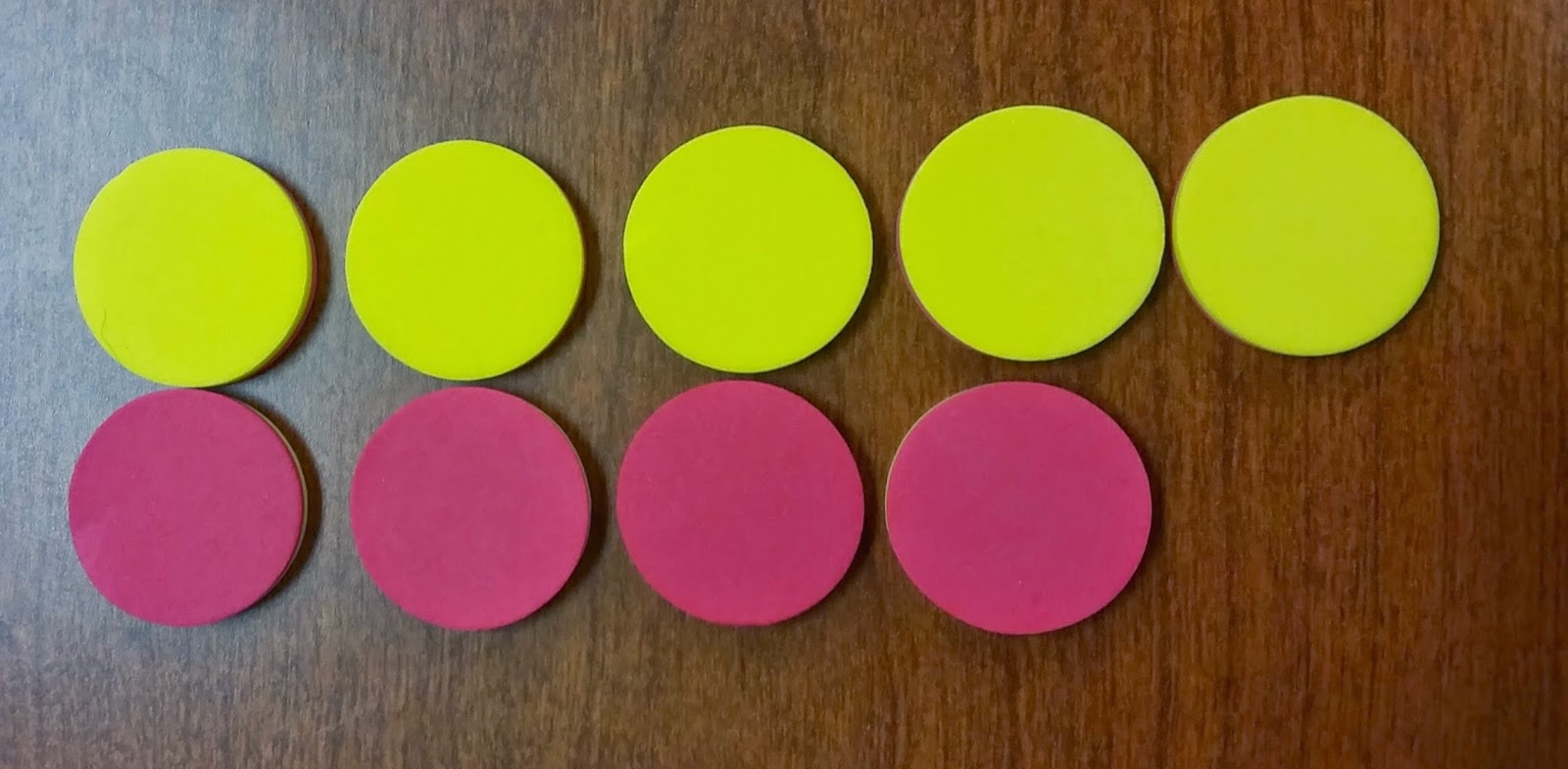Does Fluency = Timed Test?
What is fluency?
The word fluency surfaces a variety of emotions. Whether it brings tears of frustration or cries of joy for you, it is necessary to relook at fluency. So, let's take a look at what fluency means, activities & lessons to development fluency, and best-practices for assessing fluency.
Wherever the word fluently appears in a content standard, the word means quickly and accurately. It means more or less the same as when someone is said to be fluent in a foreign language. To be fluent is to flow: Fluent isn’t halting, stumbling, or reversing oneself. A key aspect of fluency in this sense is that it is not something that happens all at once in a single grade but requires attention to student understanding along the way. It is important to ensure that sufficient practice and extra support are provided at each grade to allow all students to meet the standards that call explicitly for fluency.
excerpt from PARCC Model Frameworks version 3.0 pg. 9
The Common Core State Standards identify fluency requirements at each grade level. Here is a chart showing the fluency requirements for K-8:
Traditionally, many of these fluencies have been assessed through timed tests. However, when I read the list and saw grade 3 has a fluency requirement for addition and subtraction within 1,000, I wasn't sure my definition was complete: fluency = timed tests. Time to do some research and gain a better, more well-rounded perspective.
Common Core has given us the opportunity to rethink, reflect, and retool ourselves with the best practices for our profession. Through the process of implementing Common Core Math, I have begun my own exploration on fluency to redefine what it means, how to develop fluency, and how to assess fluency. I don't have all the answers, yet (and probably never will) but I am finding some really great resources. Let me share what I have found...
How can we development fluency with math facts?
Principles and Standards for School Mathematics states:
“Computational fluency refers to having efficient and accurate methods for computing. Students exhibit computational fluency when they demonstrate flexibility in the computational methods they choose, understand and can explain these methods, and produce accurate answers efficiently. The computational methods that a student uses should be based on mathematical ideas that the student understands well, including the structure of the base-ten number system, properties of multiplication and division, and number relationships” (p. 152).
Check out the article from NCTM President Linda Gojak from NCTM Summing It Up November 1, 2012
Using a variety of activities creates multiple experiences for students to become efficient and flexible with their math facts. Although you may use typical fluency activities like flash cards and timed-tests, consider a wider variety of activities that support students' mathematical thinking around numbers and their operations. Games and apps can be a fun way to work on basic math skills. There are a lot of games and apps available - depending on your grade level and skill of focus. Check Edutopia's list of apps to develop fluency here. Another way to address math fluency is to use problem solving activities that require students to think about efficient methods and strategies for solving
- Incorporate a variety of activities that develop fluency: flash cards, timed tests, games, apps, problem solving activities, conceptual development lessons, math centers, etc.
- Fluency also requires efficiency & flexibility
- Scaffold learning from concrete to semi-concrete to abstract
- Make connections among strategies
- Have students explain their thinking
- Model your mathematical thinking
"The best way to develop fluency with numbers is to develop number sense and to work with numbers in different ways, not to blindly memorize without number sense." Jo Boaler
How can fluency be assessed?
Timed Tests are still a part of fluency. This type of assessment provides us with quick assessment data that we can gather on a regular basis. Timed tests are a clear way to assess a student's speed and accuracy for specific skills.However, Common Core is bringing mathematics back to a place of balance. Conceptual development works together with drill and practice. Both are necessary. Both support understanding.
Some things to keep in mind:
- Timed tests can cause anxiety for some students
- Consider focusing on growth - students try to improve upon their own score
- Carefully design and plan lessons that support students' sense of a number
- Explicitly make connections within an across the mathematics content of your grade level
- Purposefully plan learning experiences that build to quick recall
- Use problem solving activities to highlight key understandings or common misconceptions
- Consider using a rubric that describes a more complete picture of fluency - a combination of evidence including timed tests, observations, and other assessments.
Resources for Developing Fluency
Articles:
Fluency Without Fear: Research Evidence in the Best Ways to Learn Math Facts and Appendix ABy Jo Boaler, Professor of Mathematics Education, co-founder youcubed
with the help of Cathy Williams, co-founder you cubed & AmandaConfer, Standford University
October 24th, 2014 on youcubed.org
Fluency: Simply Fast and Accurate? I Think Not! By NCTM President Linda M. Gojak. NCTM Summing Up, November 1, 2012
Towards Meaning-Driven Math Fluency by Dr. Jonathan Thomas, Kentucky Center for Mathematics Faculty Associate. Kentucky Center for Mathematics.
Resources for Elementary Teachers:
Mathematically Minded & The Recovering TraditionalistCheck out the free downloads for number sense activities, number paths, subitizing, place value cards, and rekenreks activities.
Math Wire: Basic Facts Fluency
Check out the links to resources for a variety of activities to support fluency.
Fact Fluency for Addition & Subtraction, Multiplication
Howard County Public Schools - Fluency Assessment Resources
Includes Learning Targets, rubrics, assessment tasks, and scoring/recording sheets.
Grade 2: Assessing Fluency 2.OA.2
Grade 4: Assessing Fluency: 4.NBT.4Resources for Primary Teachers:
Math RackMath Facts Pro
Math Wire
Web Mad Minute





































